The use of math manipulatives is a fundamental instructional best practice. As a school principal, I knew I had an amazing teacher if I walked into their math classroom and students were utilizing math manipulatives to analyze, evaluate, and create in ways that would not be possible without these powerful, hands-on, collaborative tools. Math manipulatives allow students to explore core math concepts in a visual and concrete form so that they can later successfully apply their understanding abstractly.
Math manipulatives have a place throughout instruction and the student learning process. For organizational purposes, I am referencing the Gradual Release Model (although many wonderful instructional frameworks exist), and the recommendations below can easily be applied within your school or school district’s preferred model. Here are some wonderful ideas for enhancing your instruction and improving student learning.
Direct Instruction: “I Do”
During direct teach, the purpose and objectives are established, and the teacher models the concepts while performing a “think aloud.” Students are responsible for watching and listening. Students should not have access to math manipulatives at this point, as that could be a huge distraction. However, this is a wonderful time for the teacher to utilize math manipulatives such as teacher demonstration kits and tools.
Guided Instruction: “We Do”
“We do” is frequently the area in which I have seen teachers struggle the most. While it may sound simple, this is pedagogical practice to master! This part of the instructional framework has two components: “I do with your help” and “You do with my help.” This is a very interactive, collaborative part of instruction. The teacher is constantly monitoring students’ understanding, informally assessing their mastery of the learning objective, and adjusting instruction with additional modeling, clarification, questioning, differentiation, and reteaching, individually or in small groups.
Students engage with their peers and the teacher as they build their proficiency toward mastery of the specific learning objective. Math manipulatives should be in a variety of forms; the teacher should be using demonstration manipulatives, students should have manipulatives, and individual student boards are also likely to be highly impactful during this time!
Independent Practice: “You Do”
Following guided instruction, the students can show what they have learned by practicing the new skill independently! The teacher continually monitors and evaluates the student’s level of mastery, collecting data, analyzing, evaluating, and providing clarification and feedback. Students utilize manipulatives during this time based on their needs. Students may not always be using the same manipulatives at the same time or in the same way, and that is wonderful! This shows that students are processing the information independently, determining their needs, and helping propel their mastery.
Important Tips & Tricks
- Clear Expectations: If presented incorrectly, math manipulatives can quickly create chaos within a classroom. Never hand students anything without clearly defining your expectations, what you should and should not see and hear.
- Student-Guided: Students should have access to the materials they identify as applicable to the concept they are exploring and mastering. Different manipulatives can be used for the same concept, and students should be able to guide their learning by having the independence to determine what they can utilize to master a concept. Don’t take away the opportunity for students to “cognitively lift”—this is when learning happens!
- Organization: Students cannot learn in a mess, or successfully meet expectations, or be independent in a classroom that is not clearly organized for this purpose. Research has shown time and again, students learn best in an inviting learning environment, and this is only possible when the classroom is clean, organized, and structured.
Benefits of Math Manipulatives
- Engagement: Student engagement improves when students can interact with the math concept as opposed to sitting and watching a concept being demonstrated via direct teach.
- Differentiation: Manipulatives provide all students with the opportunity to access the concept, be it through activity accommodation or enrichment opportunities. Different manipulatives can be used to explore the same concept, which can be individualized to the specific needs of each student.
- Learning Styles: Regardless of a student’s preferred method of learning, manipulatives can be utilized in a variety of formats be it in collaborative groups, individually, listening, speaking, watching, and more. Manipulatives are appropriate for all learners.
- High-level Thinking, Problem Solving, & Open-ended Responses: Manipulatives go beyond the basic application of a math concept in which students answer questions they are given in a paper-based format. Manipulatives prompt inquiry, student discovery, and a deeper understanding of the skill.
- Hands-on, Collaborative, Student-Centered/Guided: Manipulatives create a learning opportunity in which students are doing the work, learning the skill, utilizing the teacher as the facilitator, and increasing student mastery of the concept.
Math manipulatives bring math concepts to life for students. These valuable tools are critical for providing students with math instruction that allows them to explore concepts in a meaningful and complex way. These math manipulatives can be utilized throughout the teaching and learning cycles.
From basic manipulatives to individual student learning kits to teacher demonstration sets, School Specialty has a large assortment of manipulatives that can engage and empower students throughout math instruction. Explore our website for more instructional solutions!
Laura Nicole Hill
Nicole has served within the field of education for 16 years as a classroom teacher, specialist, assistant principal, and principal. She is certified as an educator in the areas of EC-12 Principal, EC-8 Generalist, 8-12 English Language Arts, Reading, and Social Studies, EC-12 Special Education, EC-12 Gifted and Talented, and EC-12 English as a Second Language. Her school experience varies and includes work with students in prekindergarten through 12th grade, both in Texas and Europe, and within communities that were uniquely diverse in terms of their demographics, size, and campus needs. While serving in these roles, she developed expertise in the areas of curriculum and instruction, professional development, and leadership. As the Instructional Solutions Subject Matter Expert for School Specialty, she provides expertise in the areas of Literacy and Math, as well as other content areas and classroom resources.
Read more by Laura Nicole Hill–>

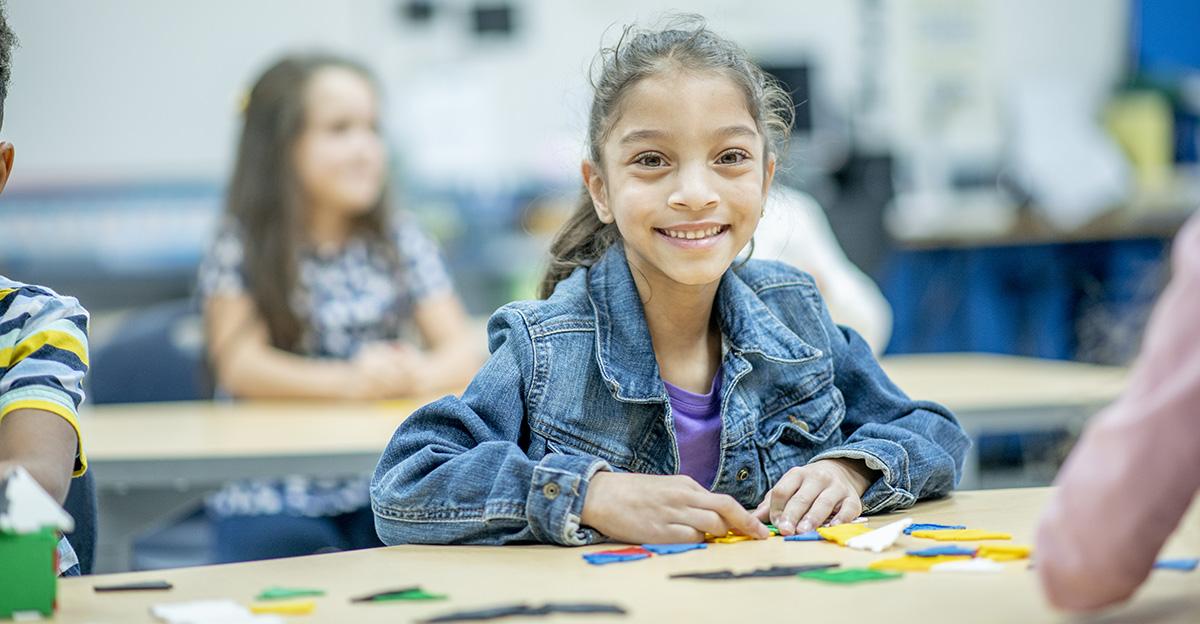
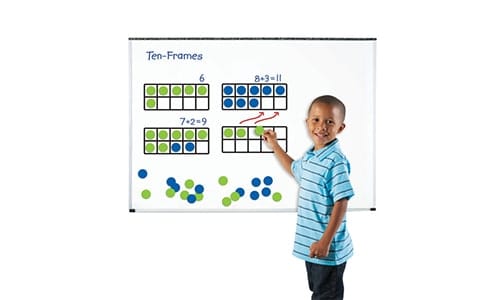
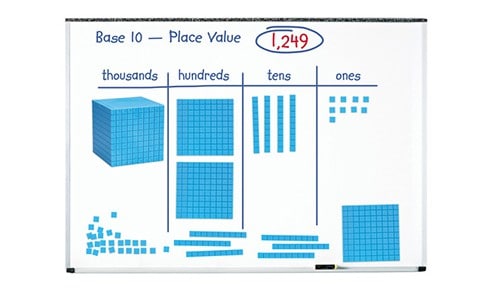
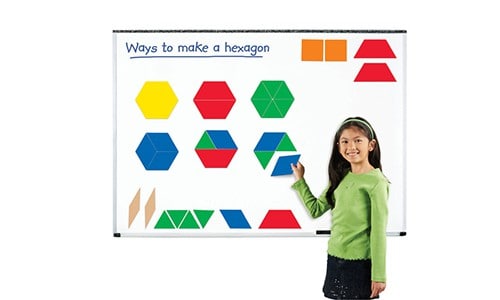
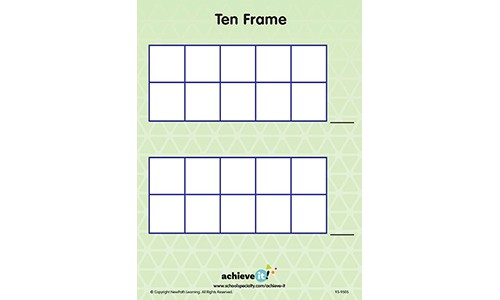
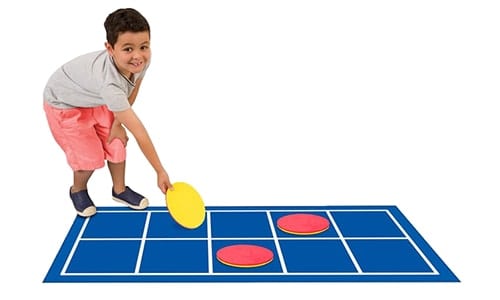
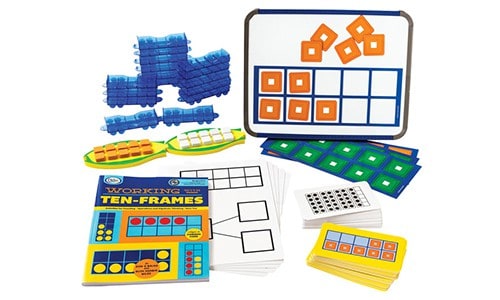
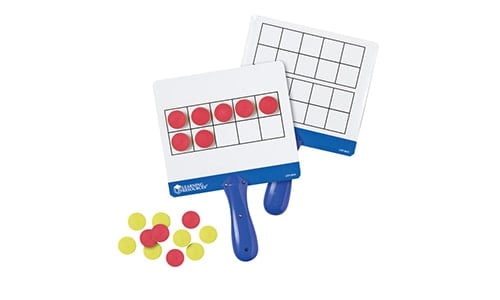
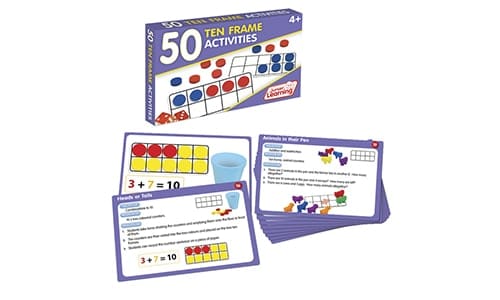

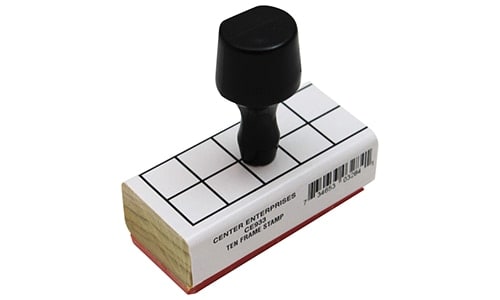
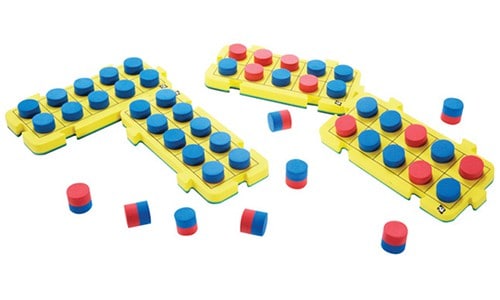
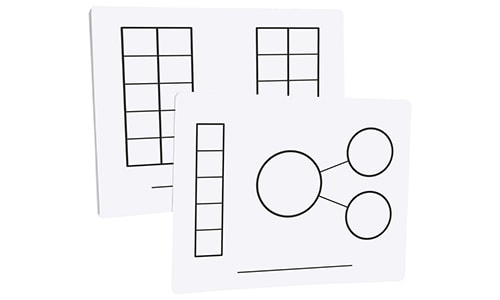
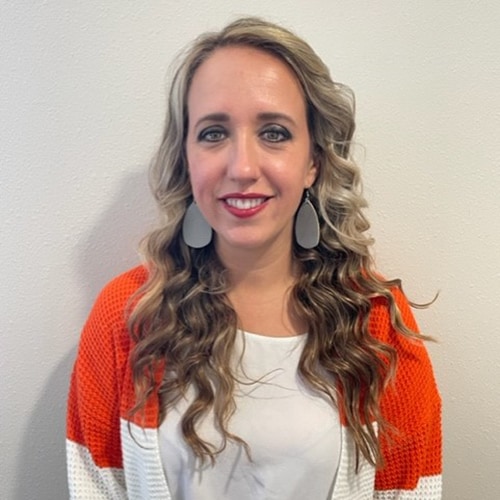
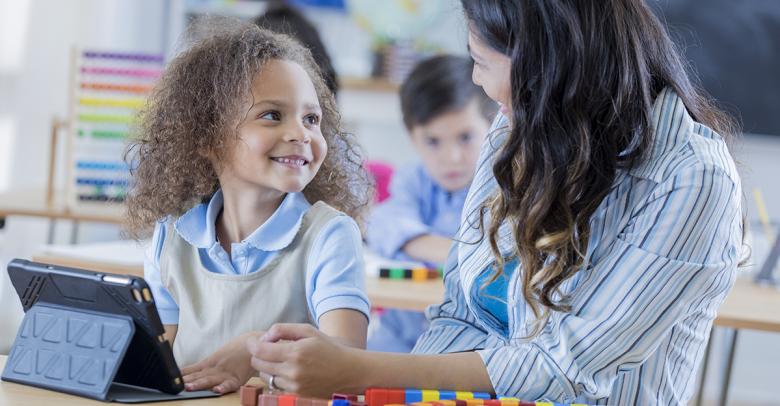
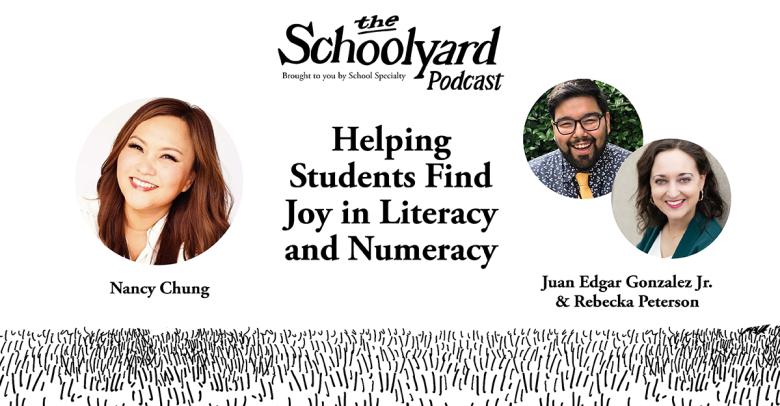
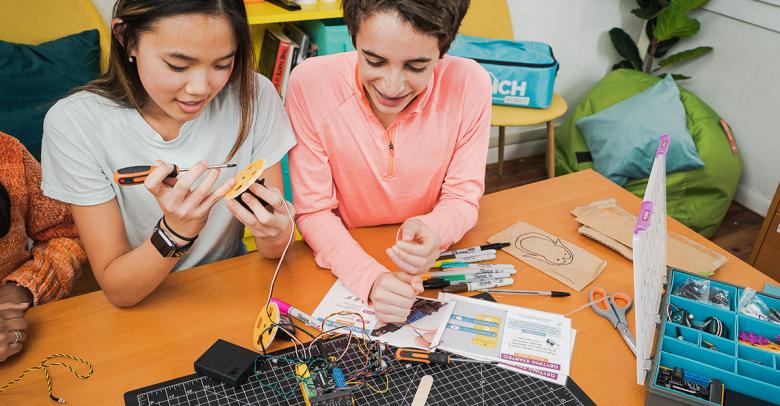

Practical strategies for integrating math manipulatives across teaching phases are presented in this article to enhance student engagement and conceptual understanding.